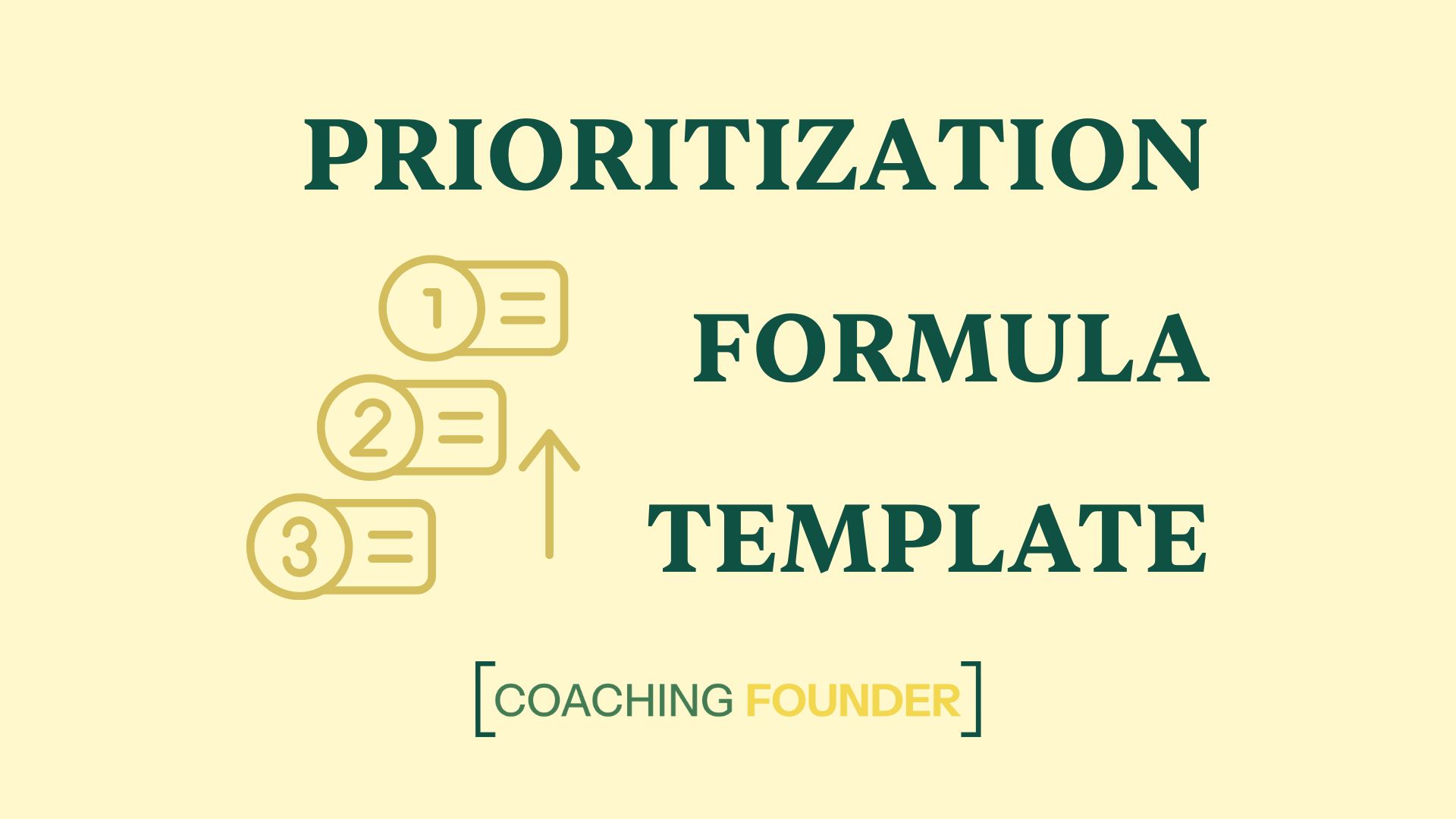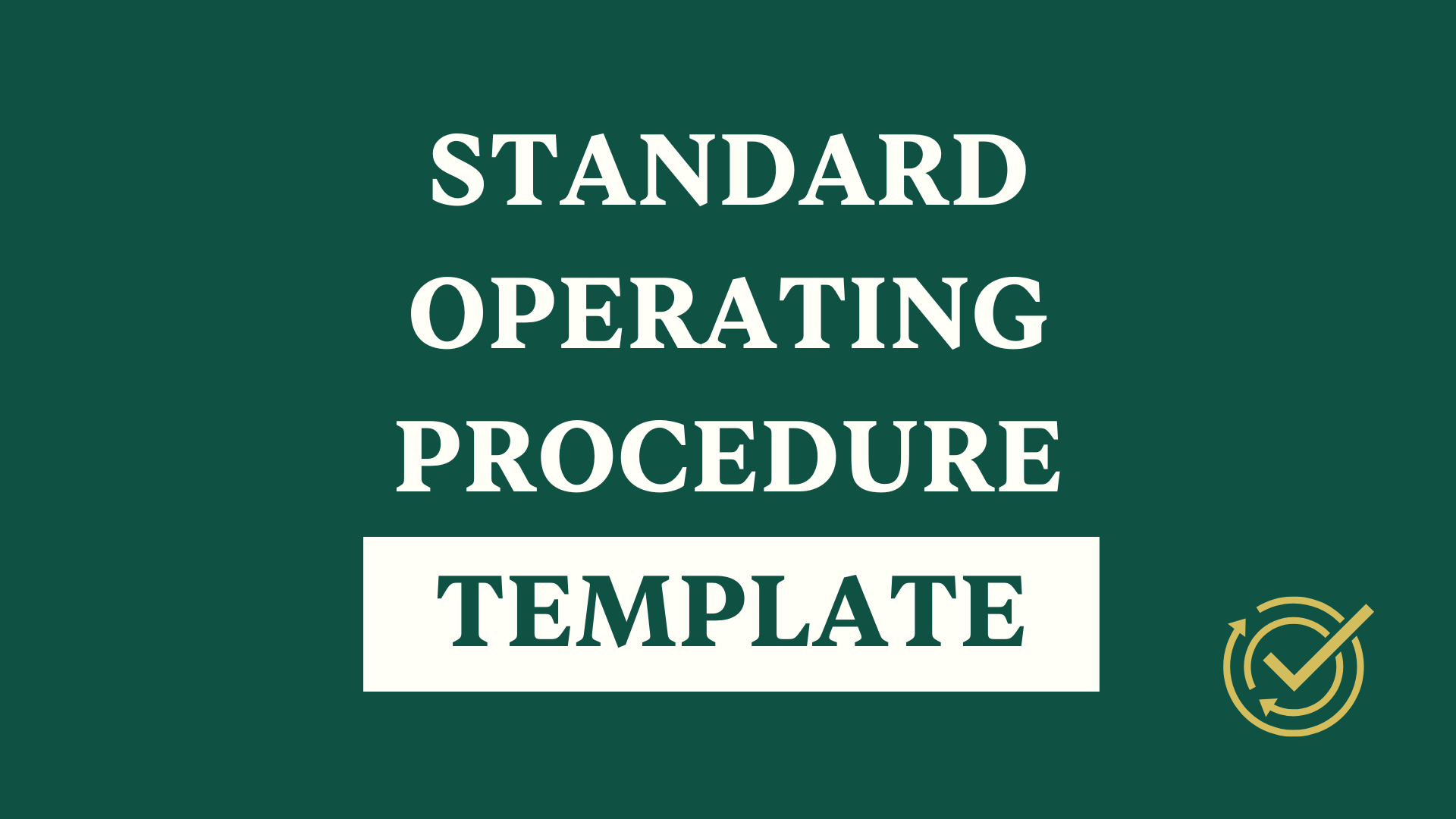Ready to Unlock Your Edge? Let's Connect.
I take on a small number of new clients each month and frequently have a waiting list. To see if we’re a good fit, please get in touch and I’ll reach out with next steps.

Who’s Regina Gerbeaux?
Founder and operator, turned executive coach.
I was the first Chief of Staff and COO to Matt Mochary, coach to the CEOs at OpenAI, Scale AI, Flexport, Coinbase, Reddit, and more. My operational write-ups are featured in the Mochary Method Curriculum as key resources for every founder ready to scale their company, and used by hundreds of fast-scaling companies.
I work with the Top 1% of Leaders. When we work together, you stop flying blind. Every problem you bring to the table, I pattern-match against decisions I’ve seen decacorn companies make behind closed doors—so you avoid the mistakes they’ve already made. If you’ve ever wished there was a Stack Overflow for scaling company challenges, it exists. It lives in my brain.
Not only will you have the information to make smart decisions, but I’ll also help you understand the psychology behind everyone you work with. Whether it's your leadership team, customers, or board, you’ll become a master communicator, able to bring people into your corner and win.




